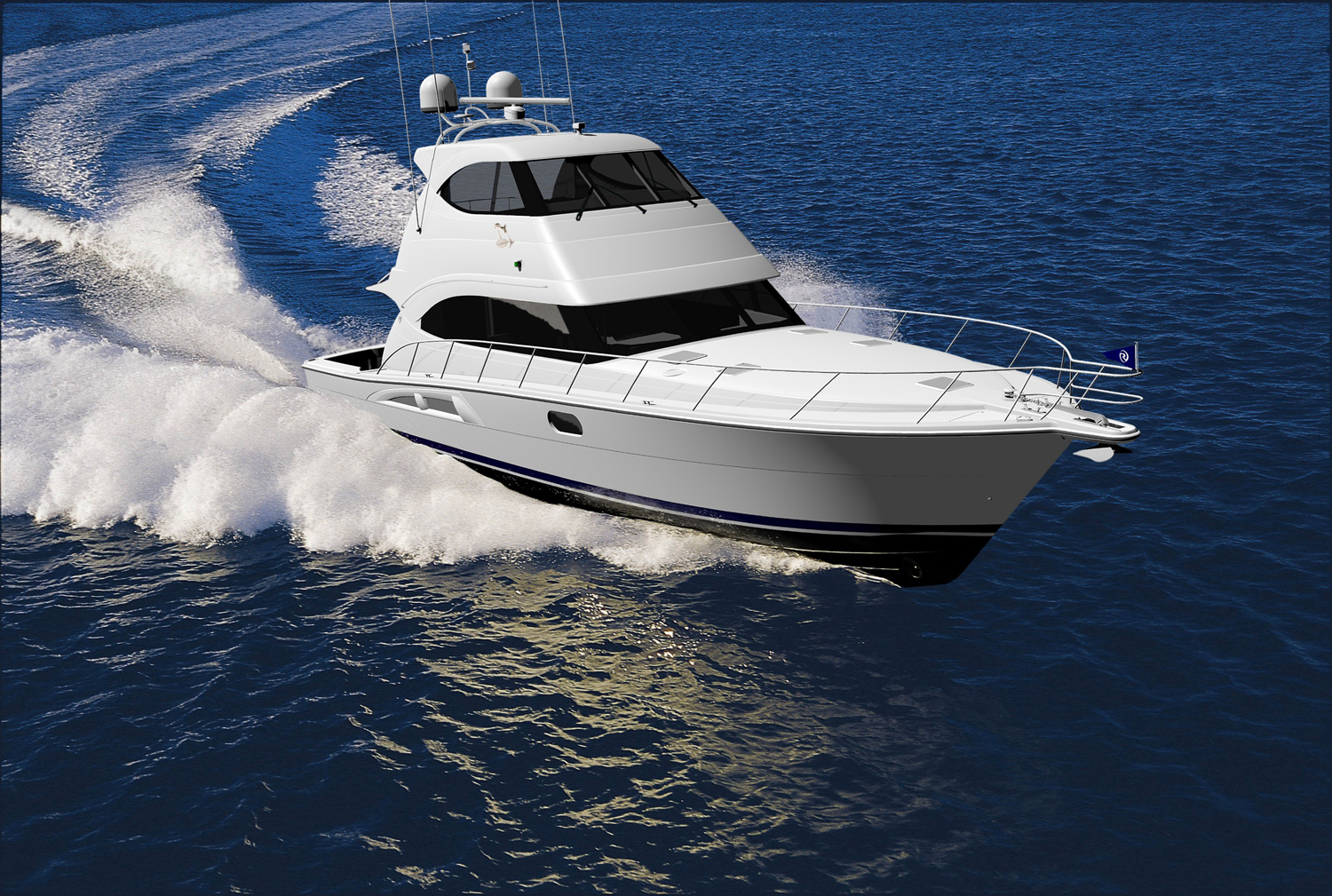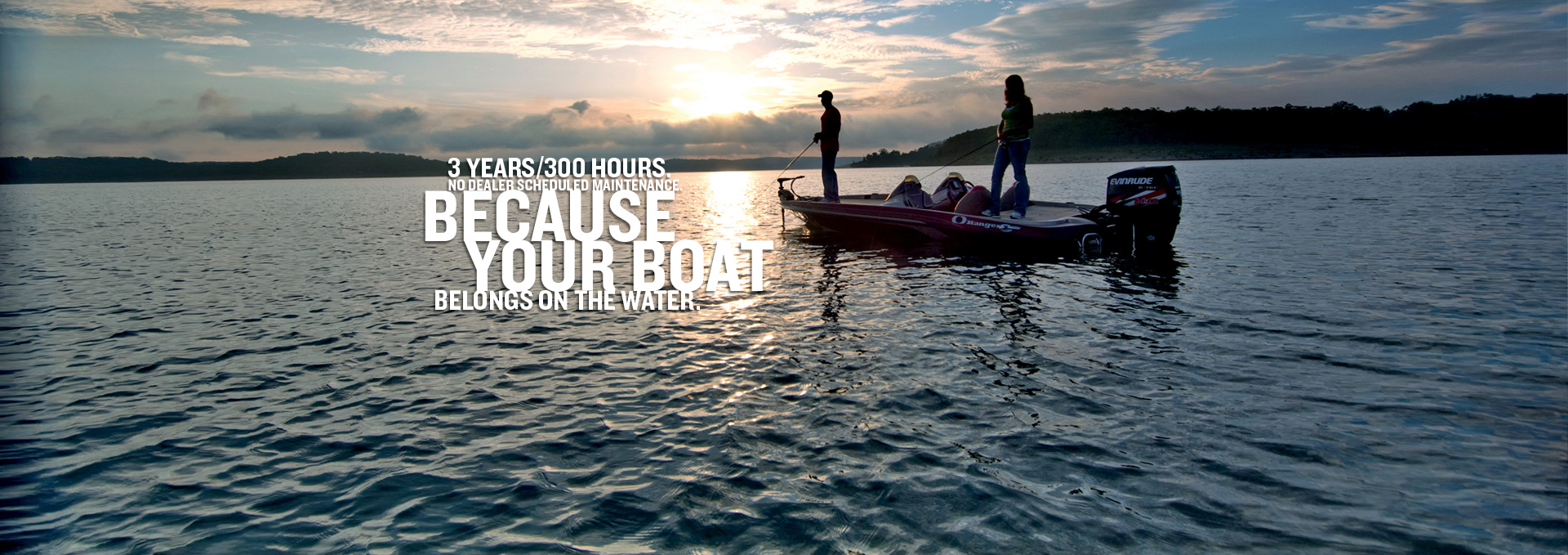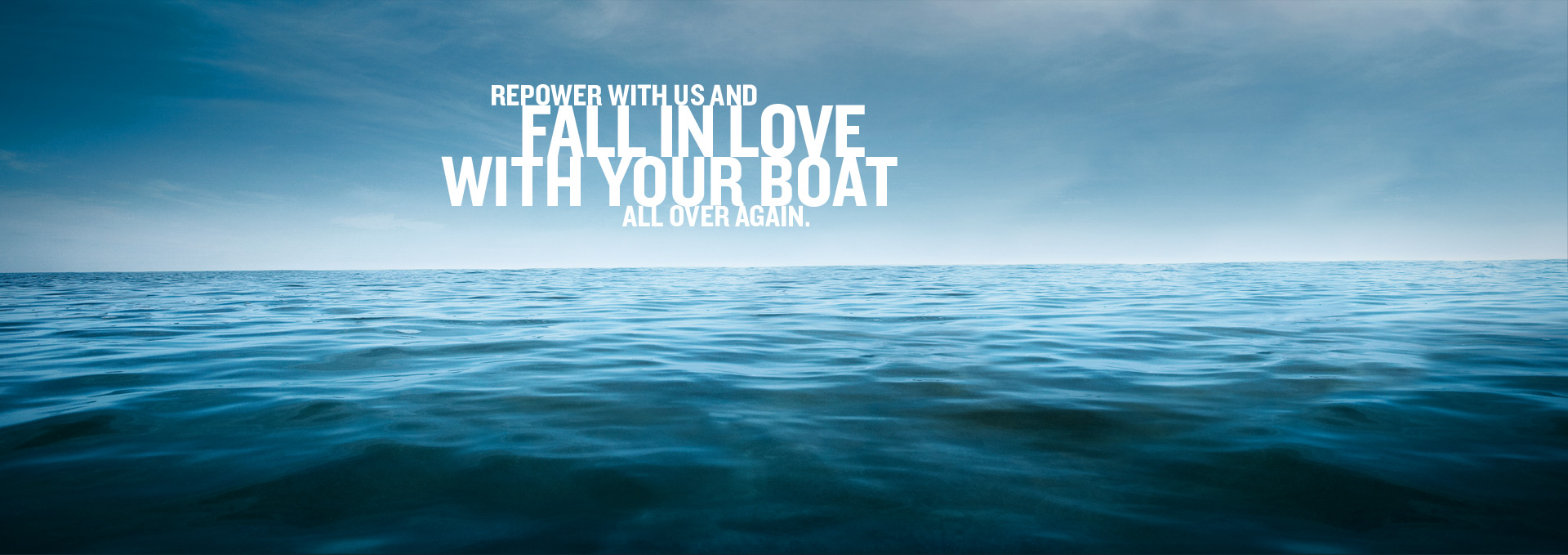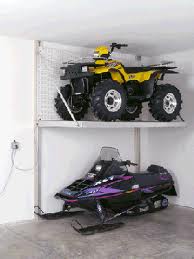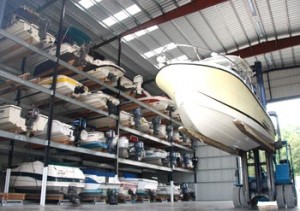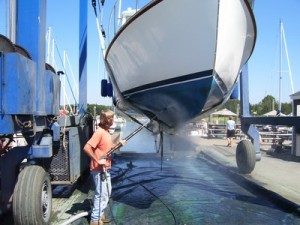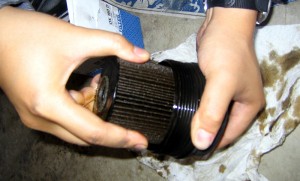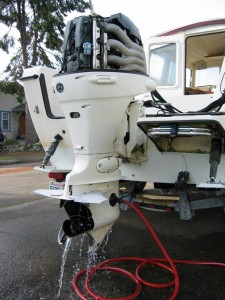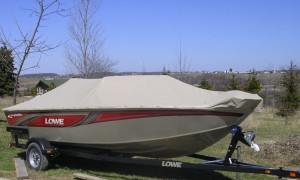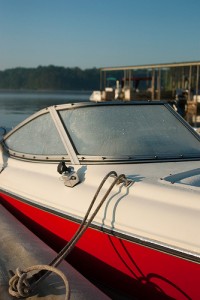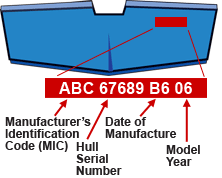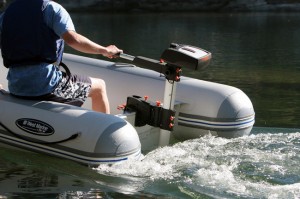Winterizing Your ATV: Part Three
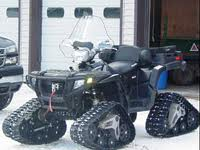 Before exposing your ATV to the perils of winter weather, it’s necessary to take a few steps to ensure the machine operates properly. We’ll go over the basic procedures for all vehicles, but the exact process will vary depending on the make and model of your vehicle. To that end, it’s always advisable to consult your owner’s manual to ensure there aren’t any discrepancies.
Before exposing your ATV to the perils of winter weather, it’s necessary to take a few steps to ensure the machine operates properly. We’ll go over the basic procedures for all vehicles, but the exact process will vary depending on the make and model of your vehicle. To that end, it’s always advisable to consult your owner’s manual to ensure there aren’t any discrepancies.
The first thing to do is to install a carburetor heater. This will ensure that the mixture of gas, air and 2 stroke oil is always at an adequate temperature when it’s in the system. When you know the weather is going to be extremely cold, it’s crucial to switch to premium synthetic oil that is rated for the conditions. While you can get by with subpar oil in ideal conditions, it’s necessary to invest the extra money when the weather is bad.


